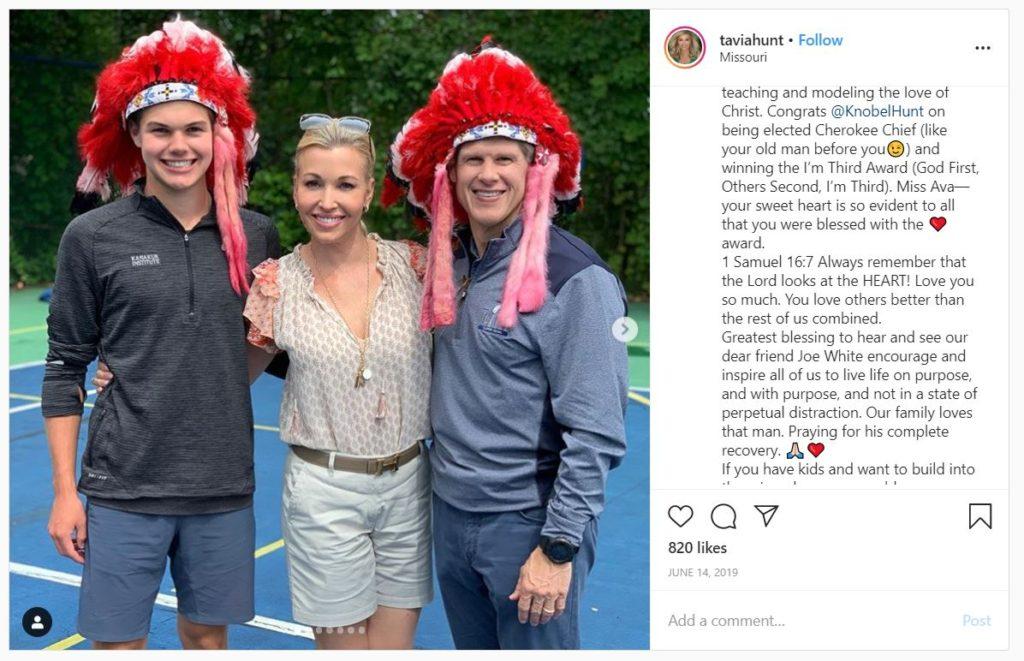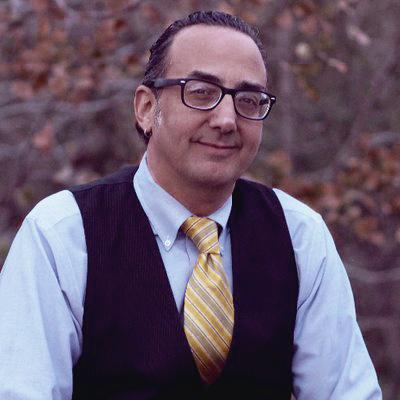On January 20, 2020 (last year’s Super Bowl) I shared a series of tweets expressing my opinion as a former sports editor and as a Native American journalist about the Kansas City Chiefs who were playing opposite the 49ers.
I dubbed the 2020 Super Bowl — due to the Kansas City Chiefs’ participation — the #AppropriationBowl.
This last year in 2021, the Chiefs played and won against the Buccaneers. A team committing egregious cultural appropriation won the biggest championship in the world.
All this from the Chiefs owner, a man who wore a fake “Native” headdress along with his son in an Instagram post. All because his son won the position as Cherokee Chief at his Christian camp.

But I digress again to last year, which initially prompted this conversation this is continuing into 2021.
The tweet from 2020 said: ” So the #Superbowl this year is the @49ers and the Kansas City @Chiefs. As a former Sports Editor, and as a Native American journalist, I have a few things to say about this #AppropriationBowl. First, the Chiefs are not honoring Native people. I’ll explain in a #Thread.
In the thread, I explain that the Kansas City Chiefs did not get their name from a Native American, but rather a non-Native businessman and former Kansas City mayor, H. Roe Bartle who founded a Boy Scout “Indian tribe” organization that taught “Indian values” at away from home camps.
As I have previously reported, the Mic-O-Say was founded in 1925, under the leadership of Harold Roe Bartle, a former Scouting leader for the Cheyenne Council of Boy Scouts in Casper, Wyoming. Bartle, who claimed he was inducted into a local tribe of the Arapaho people, was also given the name Chief Lone Bear by an Arapaho chief, according to a “Mic-O-Say legend.”
Bartle often wore a headdress and went by the nickname chief in social circles. When the Dallas Texans football team was looking for a new home, Bartle invited Lamar Hunt, owner of the Dallas Texans to Kansas City, and the team eventually became the chiefs, named after Bartle.
The Kansas City Chiefs got their name from a non-Native man who liked to play Indian.
As I expected, I got a lot of heat for my opinions. The tweet had received over 10,000 likes and 4,700 retweets in a few days, but of course, the most fun were the 1,600 replies. I have grown accustomed to death threats in my career as a Native journalist.
In the series of tweets, I asked people to respect my views. I also complimented the athletes for reaching their levels of athletic prowess and more. But I also stated how the stereotypes portrayed are harmful and problematic.
Though I may compliment the players, I am not going to hold back in calling out the heads of the NFL who ignore harmful behavior. To roughly quote a friend, “being complicit is accepting the behavior.”
Specifically, I wrote, “I am waiting to see championship behavior from the world of sports in terms of respecting Native culture.”
I have asked myself too many times, how can Roger Gooddell, as the head of the NFL, sit idly by and watch these horrendous stereotypes be portrayed? How could executives at the Kansas City Chiefs Arrowhead Stadium, in any way, shape or form, allow the Tomahawk Chop? But of course we have seen former President Trump, participating in the Tomahawk Chop at this year’s World Series.
We talk about champions in sports. We talk about championship behaviors and taking a stand for your team, and sometimes winning when faced with insurmountable odds, but are we too afraid to offend our fans that we allow a race of people to be stereotyped?
A real champion stands up to opposition when they know it is the right thing to do.
The right thing to do is to absolutely not allow stereotypical behaviors into stadiums. The Tomahawk Chop should never be allowed, nor should stereotypical face paint, fake “Indian” costume adornments or anything of that nature.
I am realistic. I don’t expect the Chiefs to change their name anytime too soon. But I would implore them to stop allowing something such as the tomahawk chop at games. I don’t see this as an easy task either. As CEO and Chairman of the Chiefs, Clark Hunt recently appeared on his wife’s Instagram with a fake headdress proud of the fact he was once elected “Cherokee Chief” of his Christian camp. (see below)
But no matter how much I write, no matter how much proof I provide that Native mascots hurt Native youth, who suffer from the highest rates of young teen suicide in the nation, people will still tell me to get over it. People will continue to tell me that “they are honoring me” with their costumes, the Chiefs — or any other Native-named sports team — and that I am lucky I am even talked about at all.
If you think you are honoring me. Let me explain why you are not.
In my tweets, I spoke of my Mohawk grandmother, who spoke fluent Mohawk before she ever knew English.
I wrote: “But I think of my grandmother, who was so afraid to be Mohawk, she never uttered a word in her language to me. Lest I also be stolen away to boarding school. I only ask for respect.”
When my grandmother was a little girl, she and her sister were forced into a residential school. My great-grandmother was told by the nuns that she must get a job before she could have her children back. At the school, my grandmother suffered horrible abuse. She never talked about it. Due to her silence, I don’t know the school, or where it was.
When my great-grandmother returned with a job, the nuns said things had changed, and her daughters had been signed over, and that she could not have them back. My great-grandmother resisted and came back in the dead of night. She had to take her own daughters back.
Such a story fills me with real honor.
My great-grandmother went against the opposition, to do what was right.
But the story doesn’t have a happy ending. My grandmother lived in a horrendous fear of being a Mohawk woman. Being Native was dangerous. When she came of age to have children, she fled in fear to California. When I was born, my grandmother watched over me for the formative years of my childhood. But because she was afraid, she never shared her fluent Mohawk language with me. She never shared our Mohawk songs or traditions she knew. She did sing to me, but the songs were all in English.
She was desperately afraid I would be labeled an Indian child and thus, I might be taken against her will to a boarding school.
So in contrast, while my grandmother was too afraid to be a Mohawk. Too afraid to be an Indian, I have people telling me that they are honoring me by doing the things they do at a Chiefs game. They say ‘get over it’ or ‘My relative or neighbor is Native American, and they like it.’
So I will say one last thing. I find what my great-grandmother did, risking everything to save her daughter, as something that honors me. That is the warrior blood in my veins.
If you want to compare a fake headdress to that same honor, I question your outlook.
For the record. I didn’t watch any of the games.

Vincent Schilling, Akwesasne Mohawk, is the founder and editor of Native Viewpoint. With nearly 20 years of experience as a Native journalist and former member of the White House Press Pool, Vincent works to uplift underrepresented voices in the world of media and beyond. Follow Vincent on YouTube.com/VinceSchilling, on Twitter at @VinceSchilling or on any other of his social media accounts by clicking on any of the icons below.
Support Native Viewpoint a Native multimedia website, by clicking here.